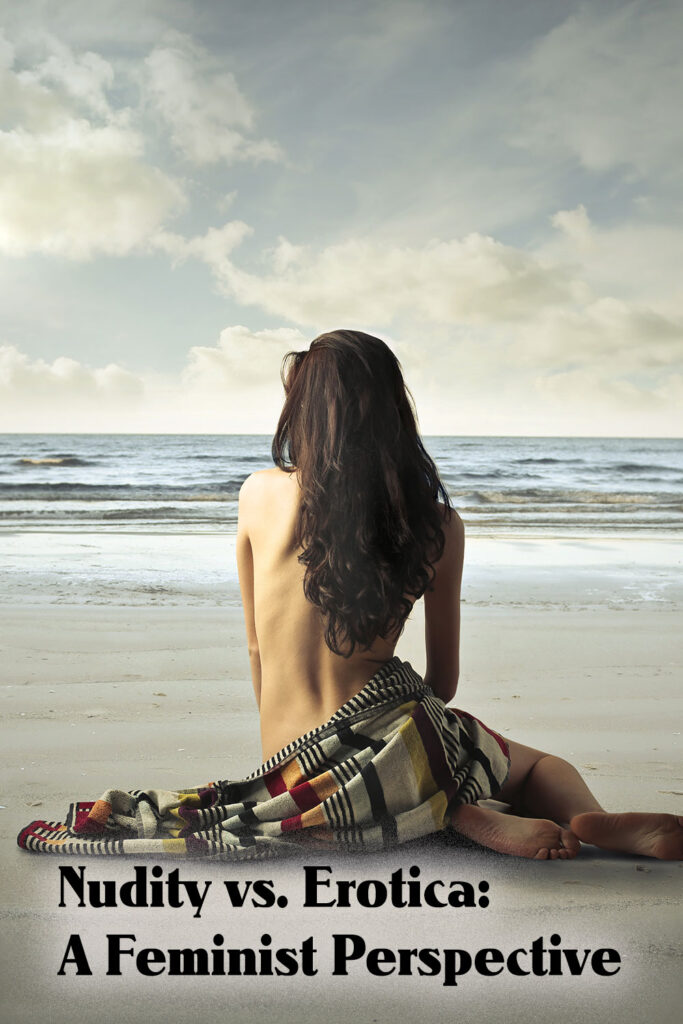A Feminist Perspective
As a feminist writer, I have often heard the argument that nudity and eroticism are interchangeable terms. This notion infuriates me because it completely disregards the female body and reduces it to mere sexual objectification. In this blog post, I will discuss the difference between nudity and eroticism from a feminist perspective. I realize that some readers might not agree with my views, but I hope to reach them with my argument.
In essence, nudity is the act of being unclothed, while eroticism is the exploration of sexuality through literature or other art forms. Nudity is not inherently sexual, whereas erotic literature is meant to evoke sexual feelings. When the female body is depicted in art, it should not be reduced to a sex object. It is essential that writers, particularly male writers, understand the importance of portraying women in literature in a way that does not exploit female sexuality.
Erotic literature can be a tool to explore sexuality in a respectful and consensual manner. The best erotic writing is not only about sex but also about human emotions and experiences. Eroticism can lead to meaningful conversations about sex positivity and consent. In The Gravity of Birds by Tracy Guzeman, the author depicts love and sensuality between two women in a tasteful and respectful manner, without reducing their relationship to pure physical pleasure. Erotic novels written by women for women, like The Sexual Life of Catherine M by Catherine Millet, explore female sexuality and desire in a way that is empowering instead of exploitative.
As a feminist writer, I am constantly struggling with how to depict the female body in my writing. On one hand, I don’t want to reduce women to mere objects of sexual desire. On the other hand, I believe that as women, we have the right to explore and express our sexuality without shame or guilt. One example of a writer who walks this tightrope between eroticism and objectification is Anaïs Nin. In her book Delta of Venus, she writes about female sexuality and desire in a way that is both sensual and respectful. Nin’s writing celebrates female sexuality in a way that is both empowering and vulnerable.
Nudity is merely a state, and at best it has no connotations. How can we expect society to understand a woman’s body as something normal, not dirty, if we only know nudity in the context of pornography? How is “Free the Nipple” supposed to work if the female breast is only perceived as a sexual organ? It is important that in erotic literature we do not describe nudity as an invitation to sex, but present the female body in all its different forms as a normality.
I believe it is essential to portray women in literature as complex, multifaceted individuals, rather than just sex objects. Good erotic literature should be about more than just sex. It should explore emotions and experiences that are universal, and it should be respectful of all genders and sexual orientations. As writers, we have a responsibility to depict the female body in a way that is empowering and not exploitative.
Writing about the female body can be a complicated and challenging task as a feminist writer. However, it is possible to write about female nudity and eroticism in a way that is respectful and empowering. We must strive to explore female sexuality through literature without reducing women to mere sexual objects. Remember, good erotic writing is not just about sex but about human emotions and experiences. As writers, we have an opportunity to celebrate all genders and sexual orientations and explore sexuality positively and consensually.


